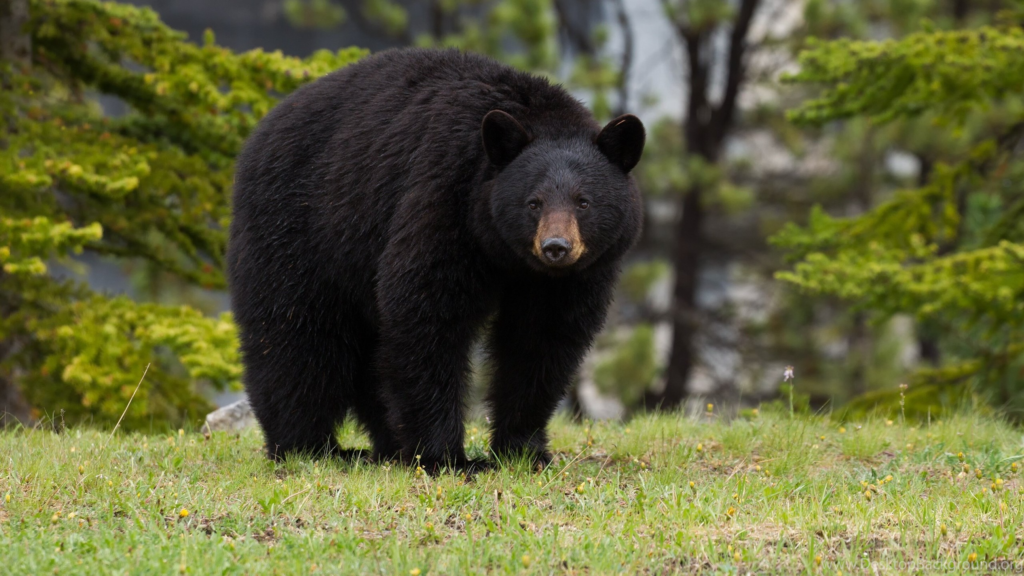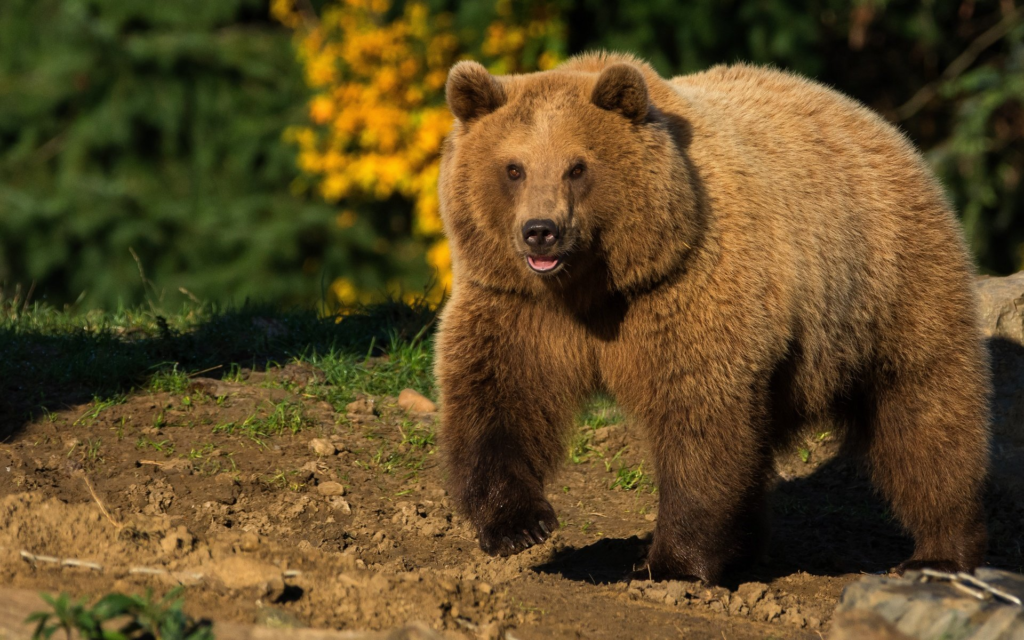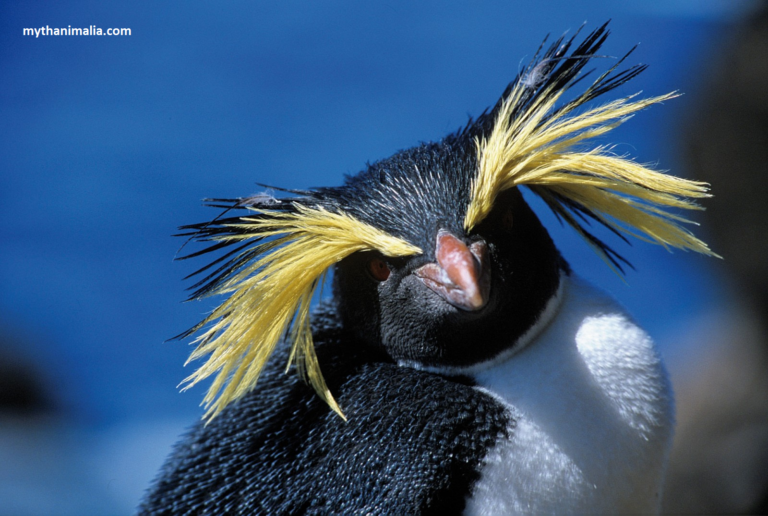Bear Species & How Many Species of Bear
Bears are fascinating creatures that have captured human imagination for centuries. Known for their strength and adaptability, these majestic animals play a crucial role in various ecosystems worldwide. “Bear Species & How Many Species of Bear”
The Evolution of Bears
Bears have a rich evolutionary history that dates back millions of years. Bears originated from small, dog-like ancestors and evolved into the powerful animals we know today. Key adaptations such as powerful limbs, sharp claws, and a keen sense of smell have enabled them to thrive in diverse environments, from icy tundras to dense forests.
Classification of Bears
Scientifically, bears belong to the family Ursidae. This family is divided into several genera, each encompassing different bear species. Despite their differences, all bear species share common traits such as a large body, strong limbs, and a thick fur coat, which helps them survive in various climates.
Species of Bears
There are eight recognized species of bears, each with distinct habitats, behaviors, and physical traits. Let’s dive into the specifics of each species.
American Black Bear (Ursus americanus)

Habitat and Distribution
The American black bear is North America’s most widespread bear species, found in forests, swamps, and mountainous regions from Alaska to Mexico.
Physical Characteristics
These bears typically have black fur, though some may exhibit brown or white coats. They have a robust build and can weigh between 200 to 600 pounds.
Behavior and Diet
American black bears are omnivores, feeding on a diet that includes fruits, nuts, insects, and small mammals. They are solitary creatures, except during mating season or when a mother is with her cubs.
Brown Bear (Ursus arctos)

Habitat and Distribution
Brown bears are found across North America, Europe, and Asia. They thrive in various habitats, including forests, mountains, and coastal areas.
Physical Characteristics
Brown bears are one of the largest species, with males weighing up to 1,500 pounds. They have a distinctive hump on their shoulders, long claws, and a mix of brown and blonde fur.
Behavior and Diet
These omnivores have a varied diet that includes fish, plants, and large mammals. Brown bears are known for their fishing prowess, especially during the salmon runs in Alaska.
Polar Bear (Ursus maritimus)

Habitat and Distribution
Polar bears are native to the Arctic region, living on sea ice and along coastlines. They are well-adapted to cold climates and are excellent swimmers.
Physical Characteristics
Polar bears have a thick layer of fat and dense fur to insulate against the cold. They are the largest bear species, with males weighing up to 1,700 pounds.
Behavior and Diet
Their diet primarily consists of seals, which they hunt on sea ice. Polar bears are solitary animals, except for mothers with cubs during mating season.
Asian Black Bear (Ursus thibetanus)
Habitat and Distribution
People find Asian black bears, also known as moon bears due to the crescent-shaped white patch on their chest, in forests and mountainous regions across Asia.
Physical Characteristics
They have black fur with a distinctive white chest patch and are smaller than their American counterparts, weighing between 100 and 400 pounds.
Behavior and Diet
These bears are omnivores, consuming a diet of fruits, nuts, insects, and small animals. They are excellent climbers, often seen in trees.
Andean Bear (Tremarctos ornatus)
Habitat and Distribution
Also known as spectacled bears, Andean bears inhabit the Andean mountain range in South America, primarily in cloud forests.
Physical Characteristics
These bears have black fur with unique white or yellowish facial markings, which give them their “spectacled” appearance. They are medium-sized, weighing between 150 and 340 pounds.
Behavior and Diet
Andean bears are largely herbivorous, feeding on fruits, bamboo, and occasionally small mammals. They are elusive and primarily nocturnal.
Panda Bear (Ailuropoda melanoleuca)
Habitat and Distribution
Panda bears, or giant pandas, are native to the mountainous regions of central China, living in temperate broadleaf and mixed forests.
Physical Characteristics
Pandas are easily recognizable with their black and white fur. They have a robust body, with males weighing up to 350 pounds.
Behavior and Diet
Their diet is almost exclusively bamboo, although they occasionally eat small animals or carrion. Pandas are solitary and spend most of their time feeding.
Sloth Bear (Melursus ursinus)
Habitat and Distribution
People find sloth bears in the forests and grasslands of India and Sri Lanka. These bears are adapted to hot climates and have shaggy fur.
Physical Characteristics
These bears have long, shaggy fur, a protruding lip, and a distinctive white patch on their chest. They weigh between 200 and 300 pounds.
Behavior and Diet
Sloth bears are insectivores, primarily feeding on termites and ants, which they extract with their long claws and flexible snout. They are nocturnal and highly vocal.
Sun Bear (Helarctos malayanus)
Habitat and Distribution
Sun bears inhabit the tropical forests of Southeast Asia. They are the smallest bear species and are well-adapted to climbing trees.
Physical Characteristics
Sun bears have short, sleek fur with a distinctive orange or white chest patch. They weigh between 60 and 150 pounds.
Behavior and Diet
These omnivores feed on fruits, honey, insects, and small vertebrates. Sun bears are solitary and arboreal, often seen resting in trees.
Conservation Status of Bears
Bears face numerous threats, including habitat loss, climate change, and poaching. Several species, like the polar bear and giant panda, are classified as vulnerable or endangered. Conservation efforts, such as habitat preservation and anti-poaching laws, are critical to their survival. Success stories include the recovery of the giant panda population due to dedicated conservation work.
Bears in Culture and Mythology
Bears hold significant cultural and symbolic value across different societies. In Native American folklore, people see bears as symbols of strength and wisdom. In Norse mythology, people associated the bear with the warrior spirit. Modern depictions in media and literature continue to captivate audiences, highlighting the enduring allure of these magnificent creatures.
Conclusion
Bears are not just powerful predators; they are vital to the health of their ecosystems. Each of the eight bear species has unique traits and plays a specific role in nature. By understanding and appreciating these differences, we can better support conservation efforts and ensure that bears continue to thrive for generations to come.
FAQs About Bear Species & How Many Species of Bear
Q1- How many bear species are there?
A1- There are eight recognized bear species: American black bear, brown bear, polar bear, Asian black bear, Andean bear, panda bear, sloth bear, and sun bear.
Q2- What is the largest bear species?
A2- The polar bear is the largest bear species, with males weighing up to 1,700 pounds.
Q3- Are all bear species endangered?
A3- Not all bear species are endangered, but several, like the polar bear and giant panda, are classified as vulnerable or endangered due to habitat loss and other threats.
Q4- What do bears eat?
A4- Bears have varied diets depending on the species. They can be omnivores, herbivores, or carnivores, consuming everything from bamboo and fruits to insects and seals.
Q5- How can we help protect bear populations?
A5- Supporting conservation organizations, advocating for habitat preservation, reducing carbon footprints, and raising awareness about the threats bears face is always to help protect bear populations.






